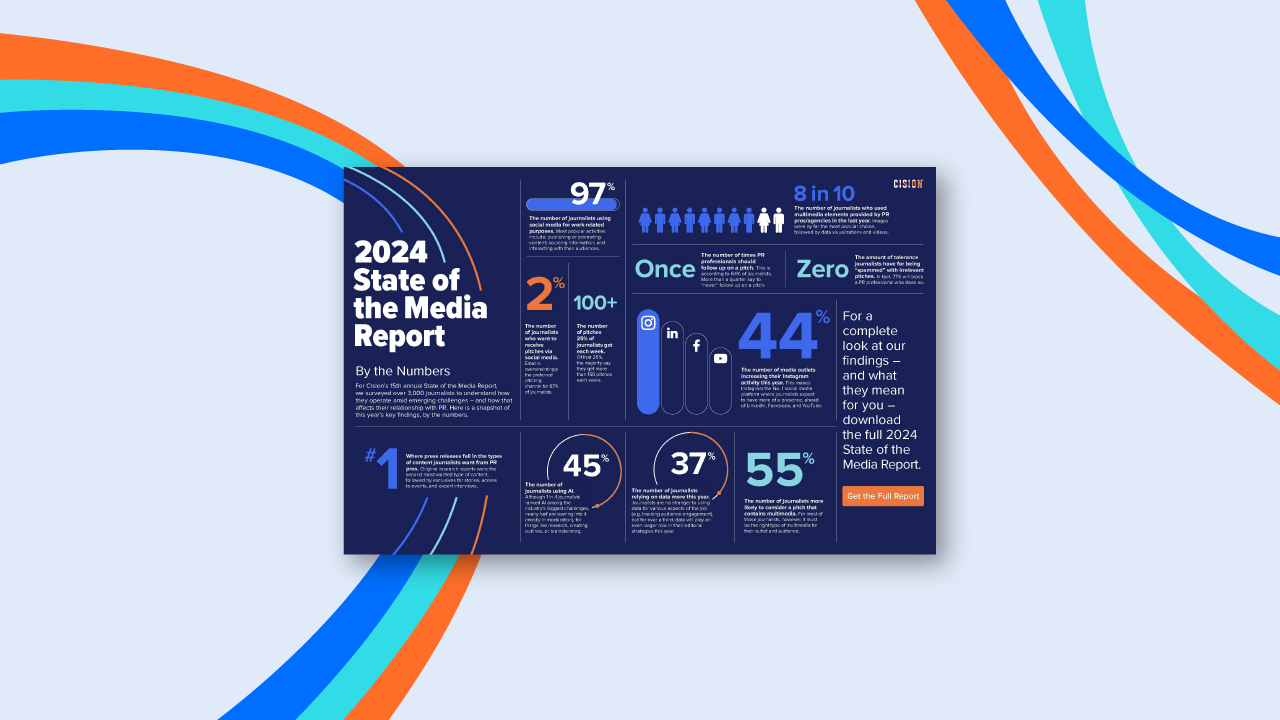As we wrap up the final months of 2019, it’s time to evaluate what public relations plans and approaches have brought you the results you, your clients or key internal customers, want. It’s also the perfect time to consider incorporating new tactics in to your 2020 strategic communications plans.
The press release continues to be a strong asset in any PR practitioner’s toolkit. In Cision’s 2019 Global State of the Media Report, more than 70% of journalists said they wanted to receive content from brands in the form of press releases and news announcements.
However, just because a news release is a staple that has stood the test of time, doesn’t mean we shouldn’t employ other tactics to reach and engage with journalists, bloggers and influencers. Here’s a few ideas to get your creative juices flowing.
Op/Ed Columns and Letters to the Editor
Admittedly, the Opinion section of the local newspaper isn’t a great fit for a lot of news releases or related announcements, like a new product launch. Instead, consider how you can target outreach for this section when it comes to news about a company’s corporate social responsibility programs or the thought leadership or expertise of company management in a particular field or industry.
If a company is involved with a local nonprofit community partner, either through a volunteer project or making a donation, reach out to the partner to see if they would be willing to work together to draft and submit a letter to the editor to the local paper about the partnership. This works especially well if it includes a call to action for members of the community, such as signing up to volunteer or donating to the cause.
Many publications post specific submissions guidelines, such as desired word count and acceptable formats, for letters to the editor and byline columns. Be sure to check for those first to ensure you draft content that has the possible chance of making it to publication.
Interview Segments
Research which local broadcast outlets, including television and radio stations, in your target market to see when they do live or taped “sit-down” interview segments. Keep in mind that guest bookers and producers for some shows plan their interview schedules weeks or even months in advance, so think ahead if you can.
Also consider trying to get an interview segment set up for a Saturday or Sunday. Many local news stations have weekend morning shows and producers are often looking for fresh, new content to include since news of the day can be slower than during the work week.
Online and Social Media Only Content
Most local news outlets– daily newspapers, weekly or monthly community newspapers, magazines and television and radio stations– have their own websites and social media pages these days, such as Facebook, Twitter and Instagram.
In midsized to large markets, they may have a staff member, or a digital content team tasked specifically with making sure the outlet’s website and social media feeds are consistently updated. Make it a point to reach out to these contacts as well as your usual assignment desk and newsroom contacts. Even better, tweak pitches so they are targeted specifically for those digital platforms and you could see some nice coverage even if your story isn’t included on the outlet’s other platforms, like a newscast or print story.
Follow-Ups
Sometimes you have a great pitch with a compelling narrative and strong visual elements, you’ve reached out to the key reporter or media contacts and gotten some interest – but then forces beyond your control, like breaking news, prevent the coverage from actually coming to fruition.
Although your original pitch, like a new business or store opening, might lose its timeliness and relevance quickly, consider what other elements you could add to a future follow-up pitch to still capture the media’s attention.
Using the example of a new business or store opening, stay in touch with the store management or your client to ask questions and find out how the first few weeks and months of operation are going. Did employees see anything surprising in sales patterns or reactions from local customers to the new store or business? Are there any interesting or noteworthy metrics about operations? Business reporters in particular tend to appreciate numbers and data they can build stories around.
You can use that information to craft a follow-up pitch to reporters who weren’t able to cover the initial opening, plus invite him or her to meet you at the new location for a personal tour.
Happy pitching, everyone!








